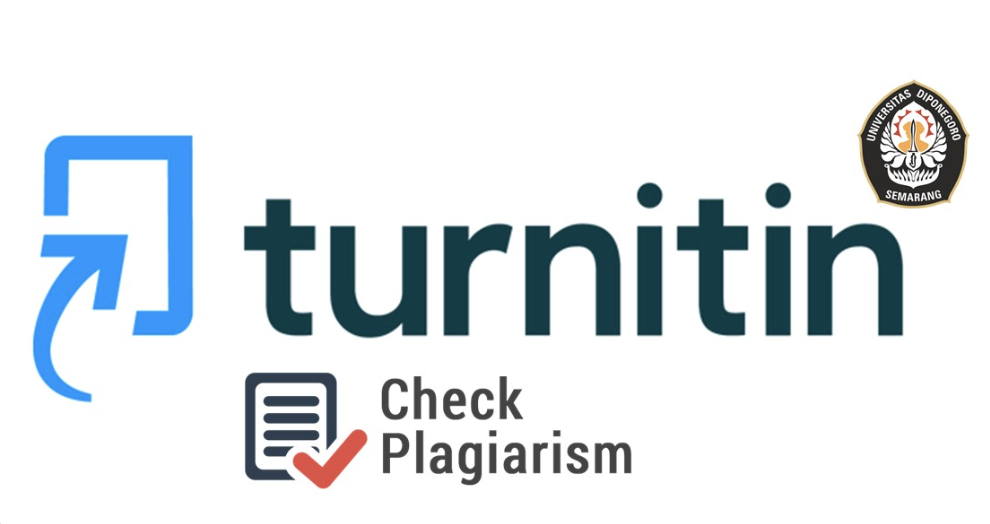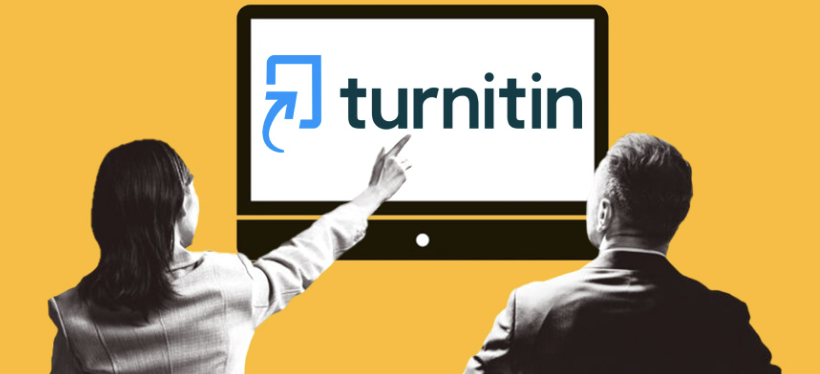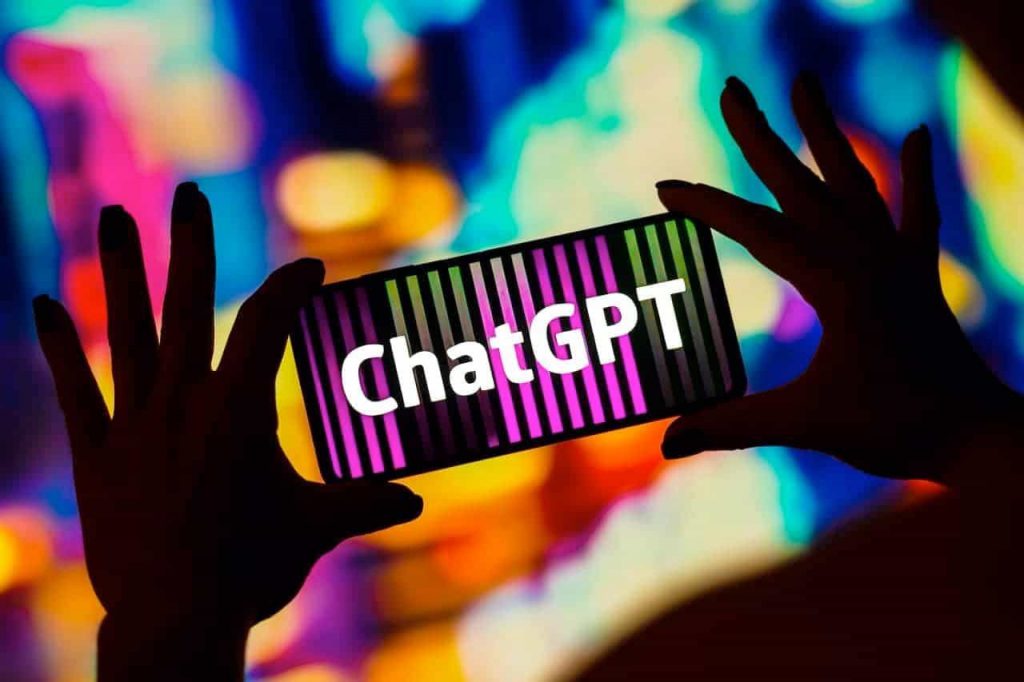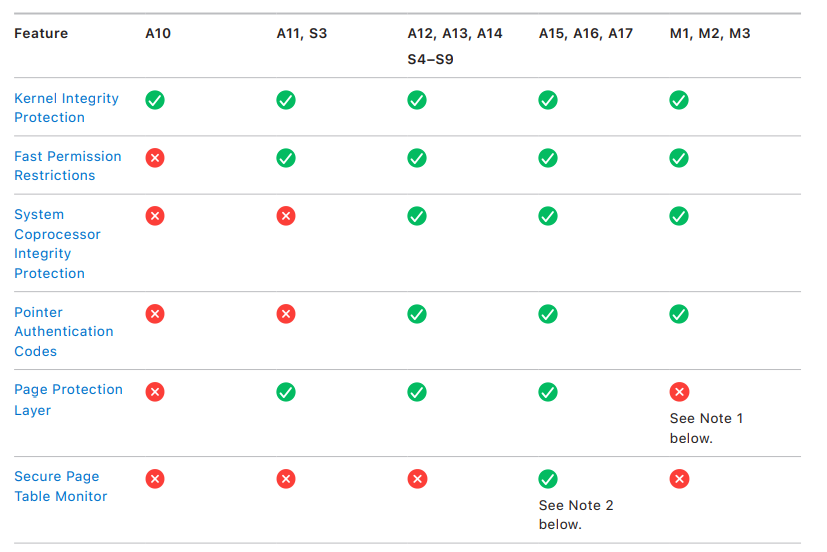Your Guide: How Does Turnitin Detect ChatGPT?
Artificial intelligence (AI) tools have transformed our attitude to all kinds of chores, from planning meetings to writing elegant letters, in the age of fast technology developments. With its amazing capacity to produce human-like prose on a broad spectrum of subjects, ChatGPT—one such AI-powered wonder—has gone global under fire.
Academic institutions are struggling to uphold the integrity of student work as the use of these AI writing helpers grows more common, though. Now enter Turnitin, the well-known plagiarism detection tool that has risen to meet this urgent issue.
So, if you have ever wondered, “How Does Turnitin Detect ChatGPT?” you’re in luck. Today, we’ll cover this and more. Keep reading to find out more.
Also read: BRICS: Elon Musk Warns US is ‘Going Bankrupt Extremely Quickly’


Turnitin’s artificial intelligence detection features
Leading plagiarism detection tool Turnitin has lately added the ability to find AI-generated content, including ChatGPT text. Turnitin has taught its system to identify the distinct patterns and traits of AI-generated material from those of real human-written work by using its machine-learning model.
Finding the AI Fingerprints
Large language models such as ChatGPT anticipate the most likely future word based on the past words, therefore using a probabilistic technique to produce text. Turnitin’s AI detection tool is meant to find this more formulaic and predictable writing style that comes from this procedure. Human-written writing, on the other hand, has a more natural and diverse flow, which helps one to differentiate it from AI-generated material.


The minimum word count requirement
AI detection powers of Turnitin are not without limits. To properly examine the text and ascertain whether it was produced by an artificial intelligence system, the program needs at least 300 words. Turnitin could not be able to consistently find ChatGPT-generated content for shorter entries.
Emphasizing Suspected AI-Generated Sentences
Turnitin’s AI detection tool will immediately flag the suspected sentences in its Similarity Report when it finds AI-generated content inside a student’s submission. This helps teachers to quickly spot and go over the perhaps troublesome parts of the work, therefore guiding their decisions on the academic integrity of the submission.
Finding AI-Created Text from Other Chatbots
Although Turnitin has mostly concentrated on spotting text produced by the GPT family of large language models—including ChatGPT and Microsoft Copilot—its powers go beyond these particular chatbots.


Expanding to Competent AI Assistants
Turnitin is probably going to modify its detection algorithms to find material created by these new AI writing tools when the AI terrain changes and chatbots like Google’s Bard enter the scene. Many of these language models are powered by underlying Transformer architecture, so Turnitin’s AI detection techniques could be relevant across a wider spectrum of AI-assisted writing environments.
Keeping Ahead of the Curve
Turnitin’s dedication to upholding the integrity of academic work drives the business to be always ahead of the curve in terms of identifying content produced by artificial intelligence. Turnitin is ready to change its detection features when new chatbots and language models develop so that teachers may consistently spot cases of AI-assisted writing in student outputs.
Using AI Responsibly in Academic Contexts
Although academic institutions face difficulties with the emergence of AI-powered writing tools like ChatGPT, students can use these technologies responsibly and ethically in several ways.


Augmenting, not substituting
Students should see ChatGPT and related artificial intelligence helpers as a technique to augment their own writing and research work rather than using them to automate their tasks. Though should not replace the student’s original work, asking ChatGPT to summarize, make comments, or suggest improvements can be a useful supplement to the writing process.
Openness and Attribute
Should students decide to include AI-generated text in their entries, they should be open about it and correctly credit the author. This not only preserves academic integrity but also fits the moral application of modern tools in a classroom.
Also read: BRICS: Saudi Arabia to Adopt Petroyuan for Oil Settlements, Ditch Petrodollar?


Maintaining Ahead of the Curve
Students should be aware that trying to evade the system may become more challenging as Turnitin keeps improving its AI-detecting skills. Embracing responsible use of AI technologies and concentrating on honing their critical thinking and writing abilities is the best course of action.
Conclusion
Maintaining the academic integrity of student work depends much on Turnitin’s development into artificial intelligence detection. Using its machine learning model, Turnitin can now consistently recognize text produced by ChatGPT and other major language models, therefore arming teachers with the resources required to maintain academic excellence standards.
Turnitin’s dedication to keeping ahead of the curve guarantees that educational institutions may change with the times and create an environment that supports real, unique learning as the AI terrain develops. Happy writing!











